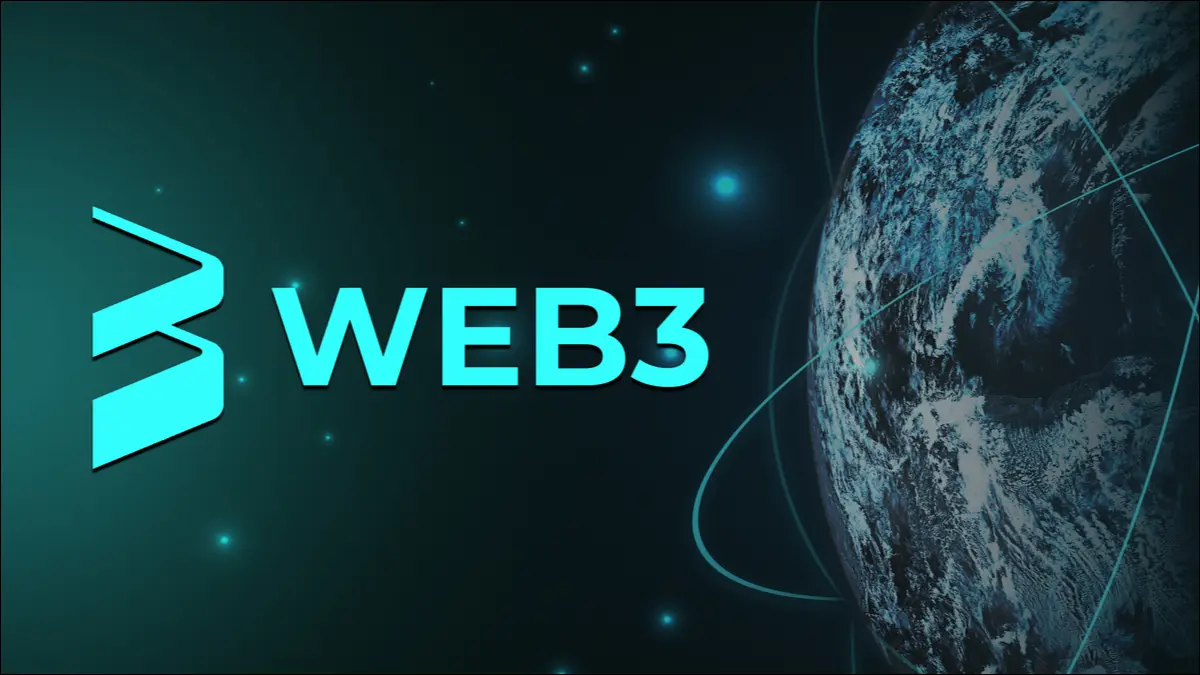Smart Chain is the new word in the crypto world especially after Binance introduced their Binance Smart Chain in 2020. To make the DeFi ecosystem thriving and more efficient, these smart chains provide exceptional blockchain facilities. In this article, we will discuss different aspects of the Binance Smart Chain (BSC).
What is the Binance Smart chain?
Binance Smart Chain is developed as a parallel chain to the already existing Binance Chain. This is a smart-contract-enabled blockchain. This was created for being compatible with Ethereum Virtual Machine. This was done to facilitate the developers to easily use the decentralized applications which are built with Ethereum blockchain and use them on the new blockchain of Binance.
It also allows pegged-coins creation and cross-chain transfers. The tokens which can be pegged include BTC, TRX, ETH, and others. These pegged coins act like the BEP-20 tokens on this smart chain. This is quite similar to the ERC-20 token on Ethereum smart chain.
Design principles of Binance Smart Chain
The designing of Binance Smart Chain includes –
- Compatibility with Ethereum: This smart chain is completely compatible with Ethereum which is the most efficient and popular smart contract platform. So, BSC is created in a way that is compatible with the mainnet of Ethereum. Since the decentralized apps are mostly built on the Ethereum platform, they will also work on the BSC platform. Not only the dApps but also ecosystem components, tooling, and others. There is no need for any changes in them to make them work on BSC in most cases.
- Individual Blockchain: This blockchain is a stand-alone with no layer 2 solution. Thus most of the fundamental techniques of BSC need to be self-dependent. This is to make them operable even without Binance Chain (if it stops for a short duration).
- Faster and more efficient: This new smart chain by Binance is having a staking facility that also facilitates consensus and provides multiple options to the community governance. This is in turn expected that there will be better performance in terms of a network. This can also lead to blocking time reduction and increase the number of a transaction within the same duration.
- Communication protocol: The two blockchain have native support for cross-chain communications. A bi-directional, trust-less, and decentralized protocol for communication has been set-up for the BSC.
Objectives of BSC
The idea of creating a Binance Smart Chain are –
- The time for block generation is reduced, even shorter than Ethereum.
- With a very short time limit, the transactions are confirmed
- The Gas fee is used to collect the rewards for block generation and paid in BNB.
- BSC is made to incorporate most of the things running on Ethereum
- With advanced staking facility and network governance, it provides exceptional facilities.
How does Binance Smart Chain work?
Binance Smart Chain has incorporated Proof of Staked Authority (PoSA). This helps the blockchain to create blocks within a blink of an eye. The participants can stake BNB and they will become validators. The block they propose needs to be a valid one and then they can receive the transaction fees. These transaction fees are generated from the transactions taking place inside the blockchain they propose.
Since there is no inflation in BNB, there is no block subsidy as well in the form of newly minted BNB or same. However, due to the daily coin burn conducted by the Binance team, the number of BNB is decreasing over time.
To get started with the Binance Smart Chain, you need to have the wallets linked to the platform. The widely-used wallet is MetaMask. You can use this Ethereum wallet with BSC without any difficulties. It works fine on the BSC platform. It is super compatible with the interface BSC uses.
You can also use any of the below-mentioned wallets –
- Trust wallet
- Binance Chain Wallet
- Math Wallet
- TokenPocket
- Safepal and
- Others.
DeFi and BSC
BSC is made to target the DeFi space. It is made with high flexibility just to incorporate the decentralized applications in the financial arena. DeFi applications which are running on other platforms especially on Ethereum are fully compatible with BSC. This will also help the users to involve in yield farming, use proposals, votes, and exchange assets trust easily.
Cross Chain communication between Binance chain and Binance Smart Chain
The dual chain structure and the cross-chain communication is highly helpful in different ways –
- The users can create any financial products or virtual assets and tokens on this platform
- You can manually or using automation, trade the items created on BSC in the Binance Chain platform. The latter is a highly stable, exceptionally fast, and user-friendly platform.
- One can use a single tooling system and UI to operate both Binance Smart Chain and Binance Chain.
Binance Smart Chain Metrics
There are a total of six Binance Smart Chain Metrics which are –
- Average Gas Price: This metric is for understanding and observing the average gas price for transactions happening on the BSC platform. The charges of the BSC platform are pretty low. For instance, 1 gwei equals only 0.000000001 BNB. The average gas price on BSC is around 20 gwei. So, if you are sending 10 BNB worth $300, the cost of the transaction would be $0.01 which is very reasonable.
- Daily Transactions: This is one of the most useful metrics on BSC which shows the number of transactions that take place on the Binance Smart Chain on a particular day. This in turn helps you understand the network activity range. Though the number of transactions depends on the type of smart contracts executed. There is a feature called BscScan which helps you find out the day with the highest number of transactions.
- Validators: This is the basic metric that validates the blocks proposed to the platform by users. If the blocks are valid, the users get the transaction fees. This keeps the platform operable. There is a leaderboard option where you can see the top validators with the highest numbers of valid blocks.
- Yield Farms: Yield farming which is commonly known as liquidity mining is the most common use of these platforms. On Binance Smart Chain, you can generate yield by using your previous holdings of digital assets by using certain platforms. The metric includes the BscScan yield farming dashboard which has all the details related to the yield farming opportunities in the current market. You can get information about how to yield farming is done on specific websites.
- Unique Address Count: This metric is for finding out the network’s growth. It is to find out how many unique users are active on the platform. However, there is a drawback. A single user can have multiple unique addresses which he uses for mining and then this metric won’t give you the exact count. So, this is useful but there is a limitation.
- Token Tracker: Finally, here is another great metric from Binance Smart Chain. This metric helps you monitor the top BEP-20 tokens. This is done by using the market capitalization and trading volume of every day. This will help you understand which tokens are being highly traded or having the highest cumulative value on this platform.
Conclusion
Binance Smart Chain is the new-age platform for all your decentralized finance applications running on Ethereum. With multiple metrics which are highly useful and the lowest transaction fees, this platform is unique in itself. Binance Smart Chain along with Binance Chain is a dual chain platform which is another rare thing to find in the crypto arena to date. The designing protocols for communications everything on this platform are highly efficient and effective.
FAQ
If you go by market capitalization, then the top five BSC tokens are
Binance Coin – BNB
Binance USD – BUSD
The Graph – GRT
PancakeSwap – CAKE
Ontology – ONT
The transaction fee on the BSC platform is very low and it from even 1 cent.
With a speed of 1 block in every 3 seconds, in one minute, 20 blocks can be produced on BSC.
The post appeared first on Coinpedia






